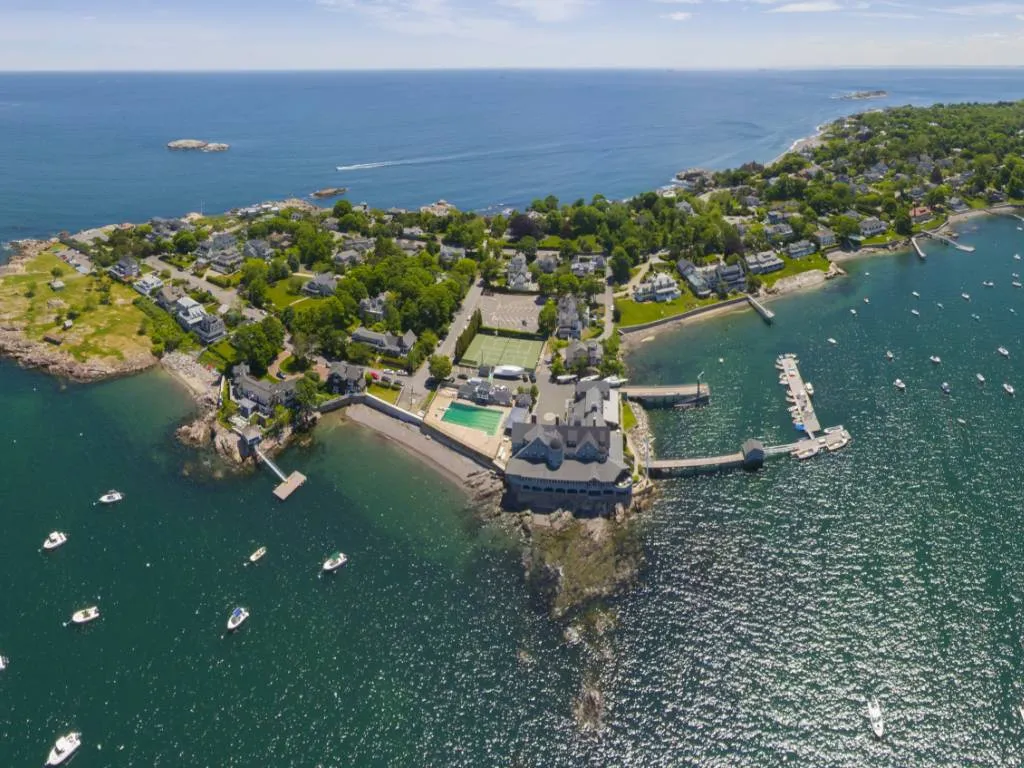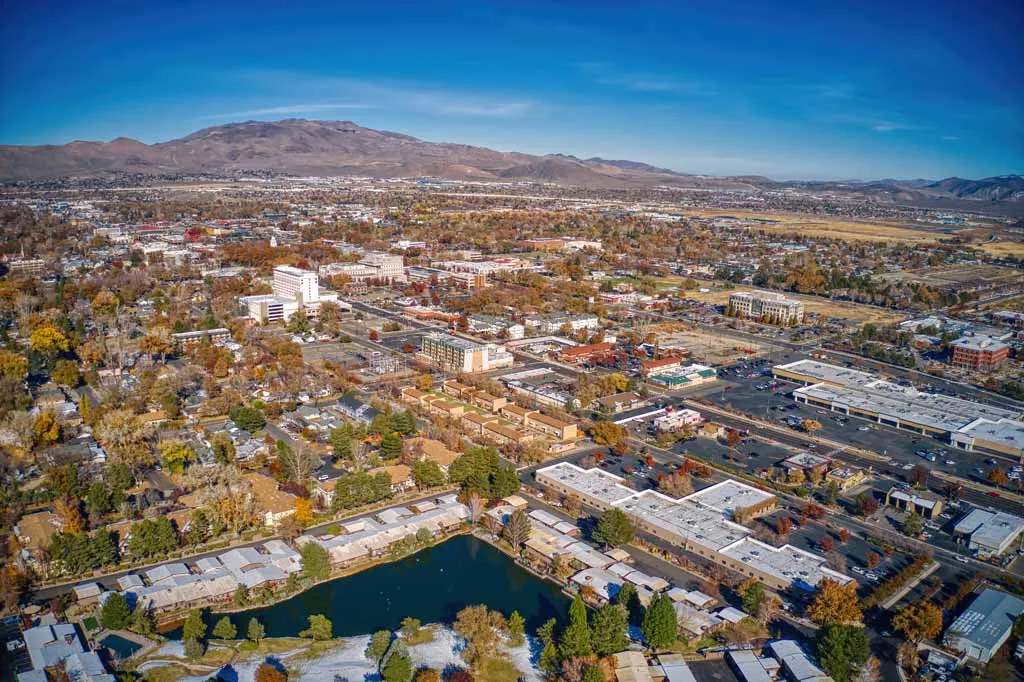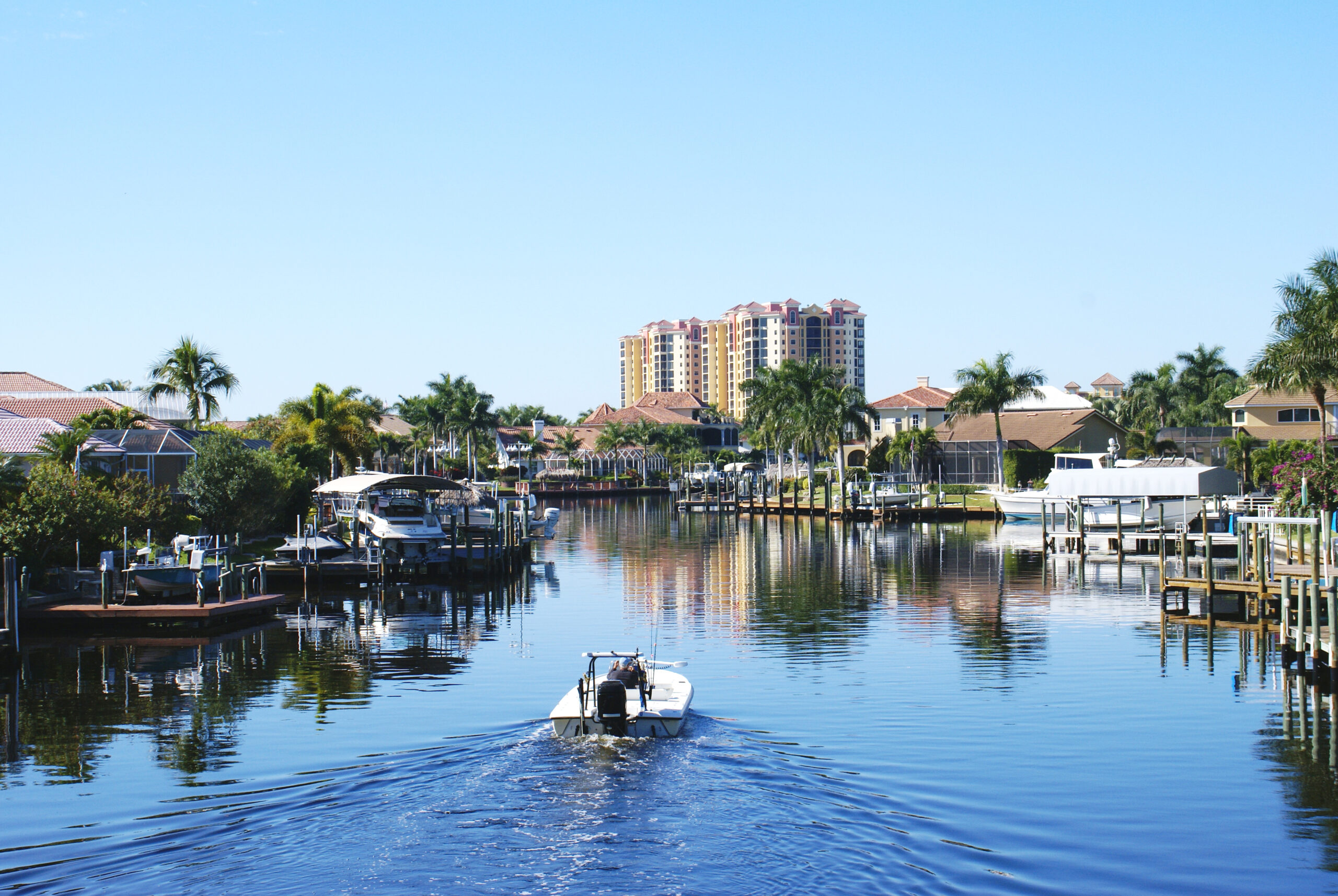10 Pros and Cons of Living in Marblehead, MA

Are you thinking about making Marblehead, Massachusetts, your next home? This charming little village is found about 16 miles from Boston. Hundreds of colonial-era residences from the 17th and 18th centuries are still standing throughout the town’s tiny streets, giving it a distinct air of antiquity.
Marblehead was established in 1629, and it was given its name because the first residents mistook its granite ledges for marble. This lovely seaside town is a famous Boston neighborhood today and has become well-known for its wealth, natural beauty, and stunning architecture.
What are the benefits and disadvantages of living in this city? Let’s check out ten pros and cons of living in Marblehead, MA!
Pros of Living in Marblehead
1. Learn about the Colonial homes in the Downtown area
You’re in luck if you’re hoping to find a charming downtown neighborhood to take a leisurely stroll in because Marblehead is home to a charming historic downtown area. F.L. Woods, a maritime supply shop that converted into a clothes store over 75 years ago, is just one of many “quaint mom-and-pop shops” in Old Town.
Take a trip through the downtown area, and you can see many Colonial homes, some of which were built before the Revolutionary War, and get a feel for what life was like in the early days of the town. Many are marked with plaques, making it possible to explore at your own pace.
2. The crime rate is lower than the national average
Marblehead has a much lower-than-average crime rate compared to other American cities. Recent data shows that Marblehead has a lower-than-average crime rate overall, with a 10.2 for violent crimes and a 19.2 for property crimes.
This suggests that the risk of being a victim of a violent or property crime in Marblehead is lower than the national average. People are drawn to this city because it offers a secure environment to live and work, and existing there gives them peace of mind.
3. Enjoy the pleasant summer temperature
Warm, wet summers and cold, dry winters are typical of Marblehead’s humid continental climate. Temperatures average around 80 degrees Fahrenheit during the summer and roughly 17 degrees Fahrenheit during the winter.
The area receives roughly 40 inches of snow per year, which is more than the national average. Although it often rains in summer, the city still maintains a comfortable temperature. There are 205 sunny days in a year.
4. Visit Devereux Beach
Devereux Beach is the most prestigious of Marblehead’s many beaches. In addition to the large list of services provided (lifeguards, a restaurant, sand volleyball, picnic shelters, charcoal grill rentals, bathrooms, an outdoor shower, a playground), residents who have their stickers are granted free parking.
Chandler Hovey Park, Gas House Beach, Fort Beach, and Grace Oliver Beach are just a few of the many other stunning beaches in the area.
5. Learn about the city’s history at Old Burial Hill
Marblehead has more history than almost any other community in the United States. The city, which was founded as a fishing community and given its name in 1629, is one of the most historically significant cities in the United States. In 1649, it seceded from Salem and formed as its own city.
The town is famous for producing the Revolutionary War’s first American navy ship’s commander and crew on board the Hannah in 1775. Fort Sewall and the graves of Revolutionary War soldiers at Old Burial Hill are two such relics.
6. The YMCA is a popular recreational spot
The Lynch/van Otterloo YMCA is not your typical health club. Sure, there are cardio machines (about 100) and exercise classes (almost 190 every week). There are also three swimming pools, a gymnasium, a daycare, and an early childhood development center. This Y, however, is unique in that it features its very own island.
The facility’s lovely day camp is located on Children’s Island, a mile from the coast, where kids can go sailing, hiking, and listening to stories by the campfire. Overnight stays on the island with the family are also welcome on the weekends.
7. Yacht clubs are the city’s major employers
Commuters from Marblehead to Boston and the suburbs are numerous. The travel from Marblehead to Boston is 16.4 miles long, so working in the city isn’t too much of a hassle. Most of the town’s workforce is employed by yacht clubs such as the Tedesco Country Club, Corinthian Yacht Club, Eastern Yacht Club, and Boston Yacht Club.
With an average household income of $131,000, Marblehead is one of the state’s wealthier communities. More than 9% more people in the city of 20,000 made $1 million or more in adjusted gross income in 2017.
8. The city is served by the Marblehead Public School District
Living in Marblehead means having access to the excellent Marblehead Public School District. Four elementary schools, one middle school, and Marblehead High School make up the district. Also, Marblehead is home to the state’s first charter public school, the Marblehead Community Charter Public School.
The city is home to a number of prestigious private schools, the largest of which is Tower School, which educates students from kindergarten through eighth grade.
Several schools and institutions are located within driving distance of Marblehead; Salem State University is only three miles away. You’ll also be close to some of the best universities in the country, including Harvard, MIT, Boston University, and the Berklee College of Music.
Cons of Living in Marblehead
1. Living costs are 65% higher than the national average
Living expenses in Marblehead are higher than in many other American cities. Marblehead has a cost of living index of 165, which is 65 percent above the U.S. average. The median price of a property in Marblehead is $705,600; much greater than the average for the United States.
Gas prices are up to 50 cents higher than in neighboring communities, adding to the hefty cost of getting around town. Despite the high expense of living, many individuals still opt to settle in Marblehead because of its stunning shoreline and fascinating past. The city also has a high median income of $131,293.
2. The city is hard to access
From Marblehead, it is (nearly) impossible to get anywhere smoothly. It’s a common complaint among locals that Marblehead is difficult to get to. There is no commuter rail service, and the main roads leading to Boston (or anywhere else) are always clogged with traffic.
Those who need to travel into the city should do it as early as possible, if at all.
In Conclusion
The small town of Marblehead is perfect for those who want to live in a coastal beach town. There are lots of beaches, great schools, employment opportunities, and it’s a safe place to live. However, the cost of living is quite high, and the city is almost inaccessible.






